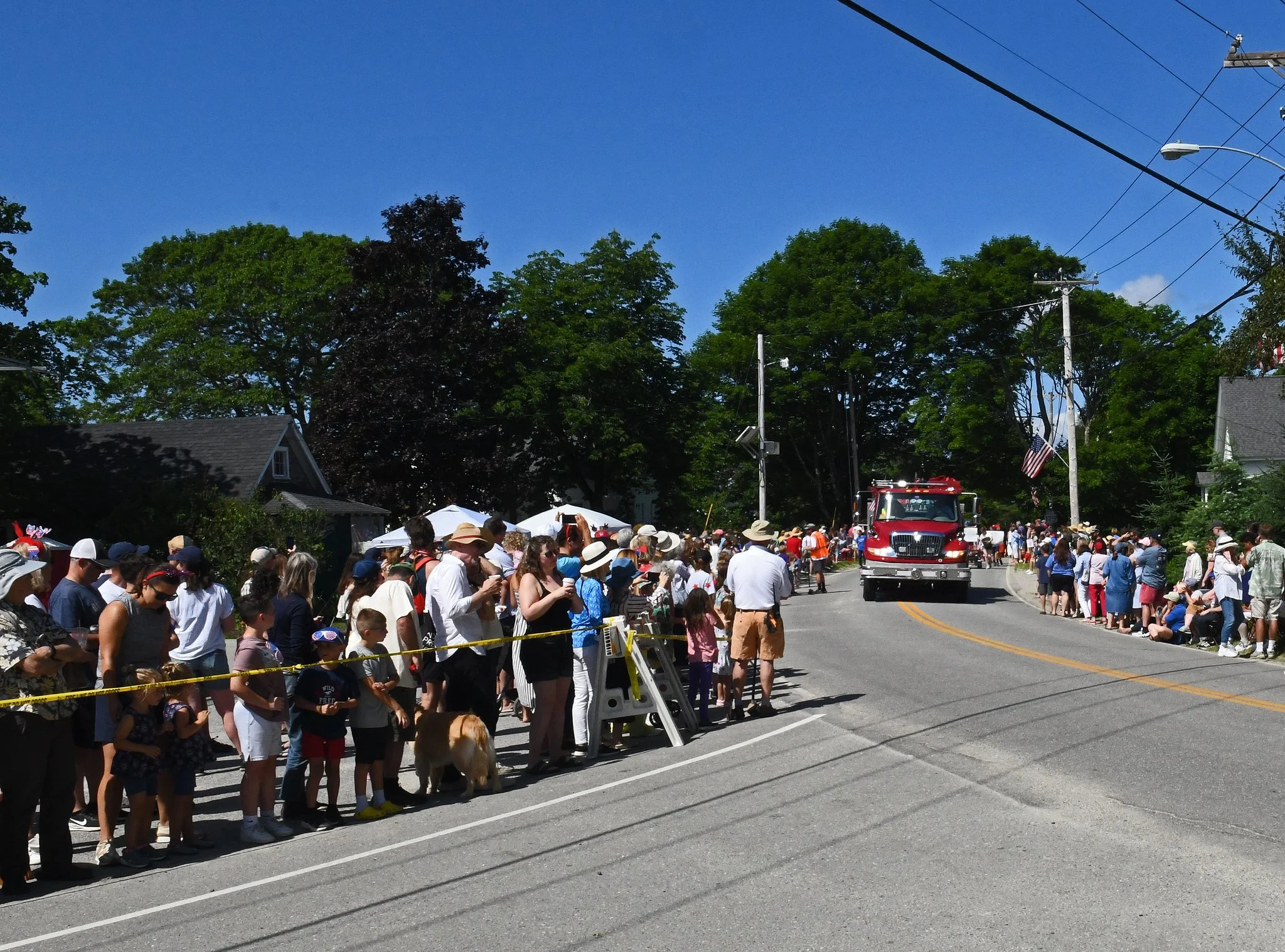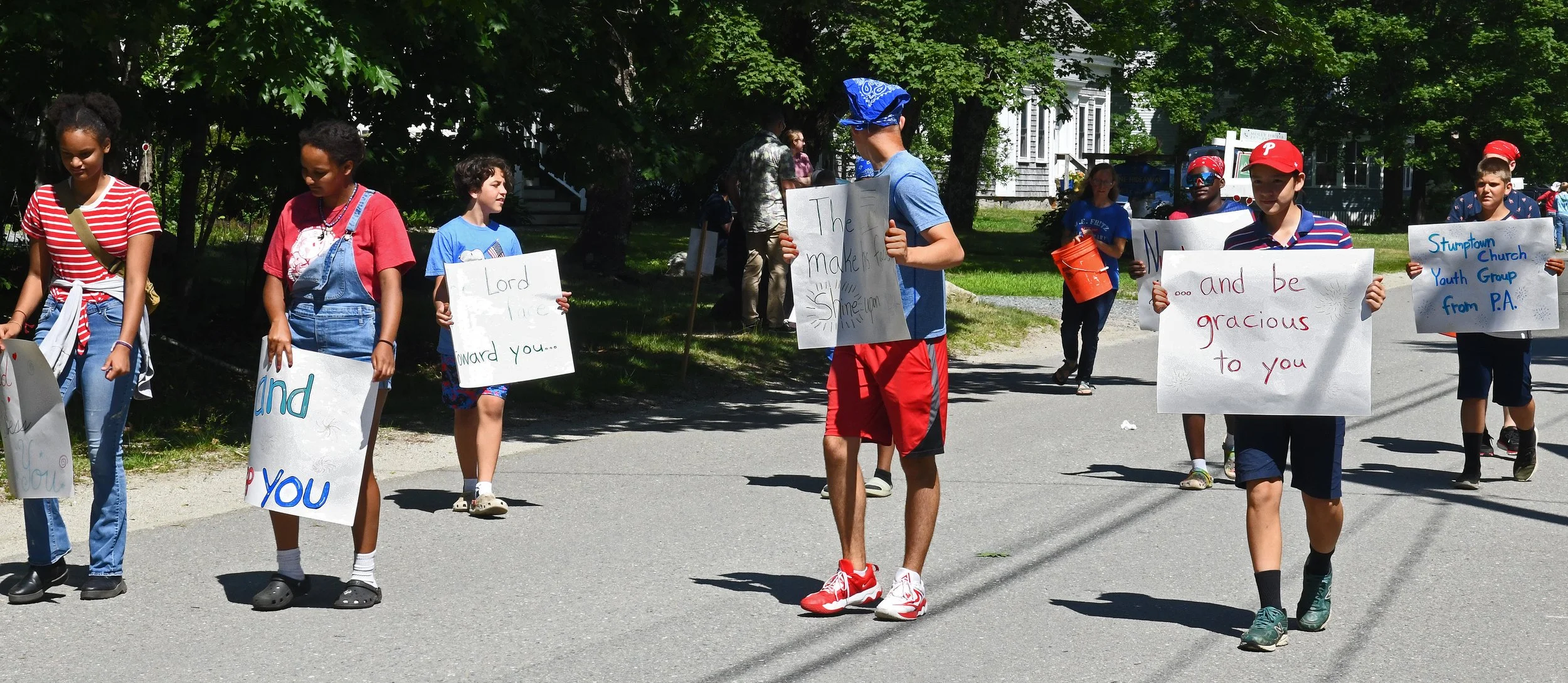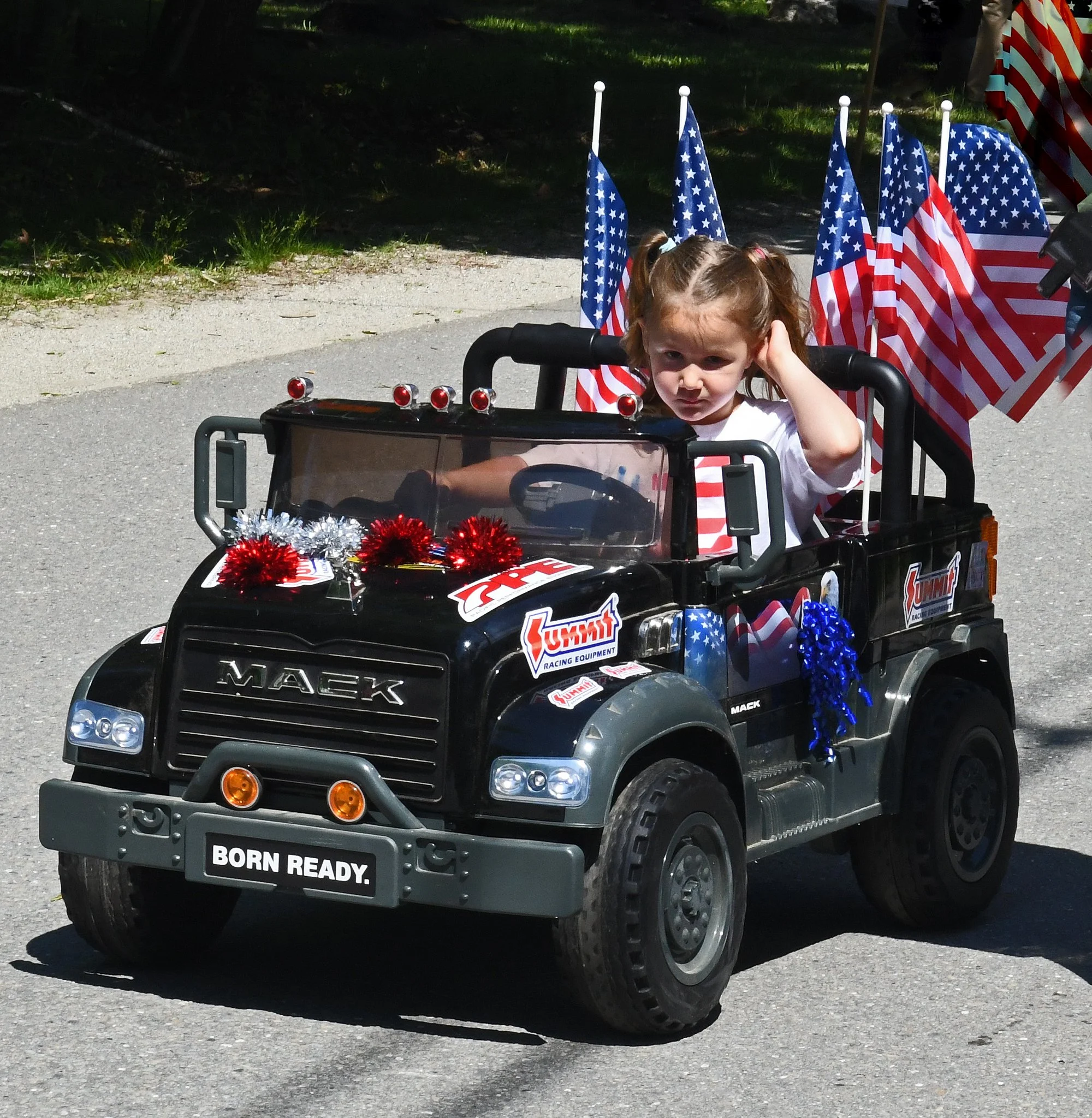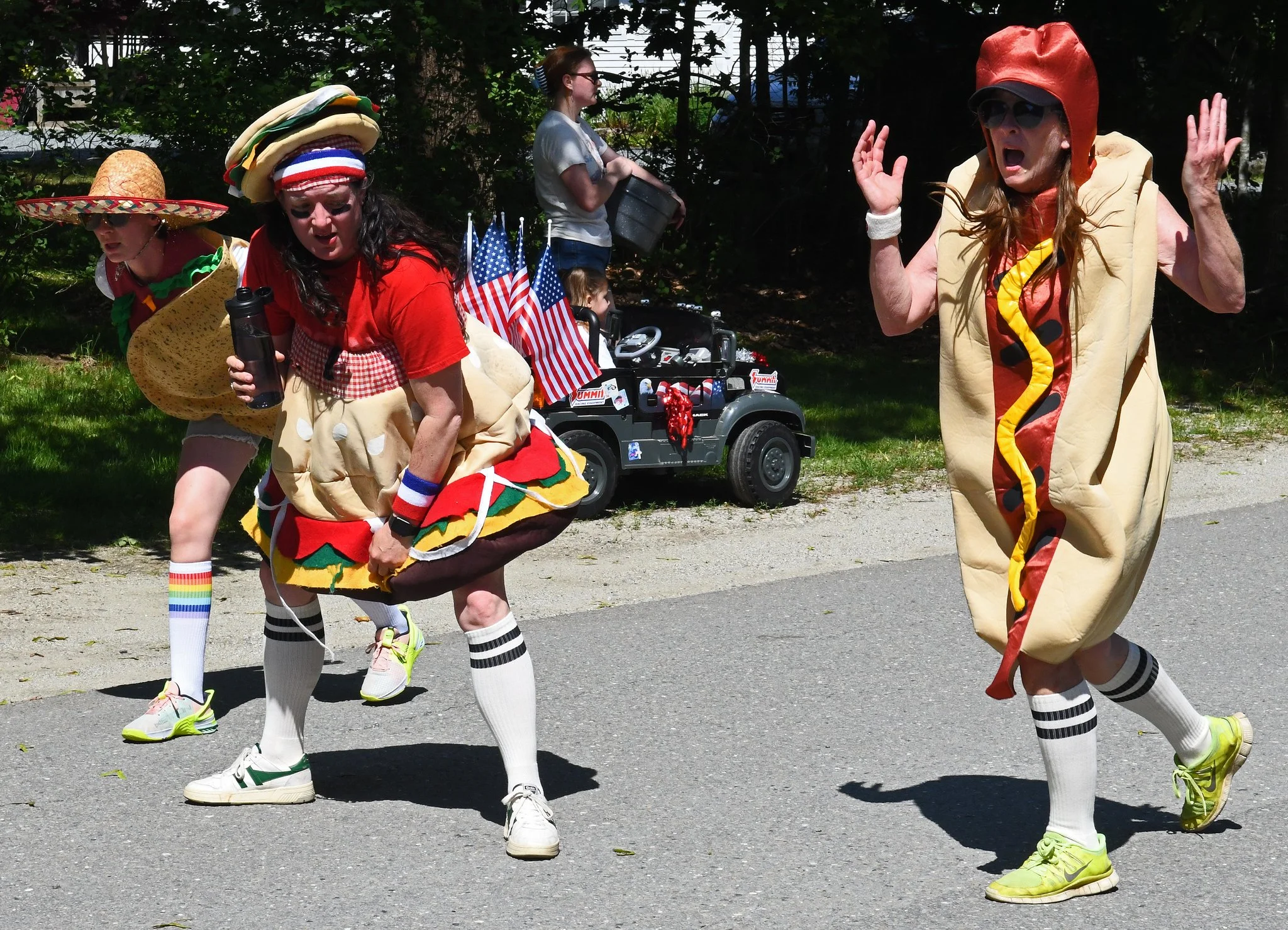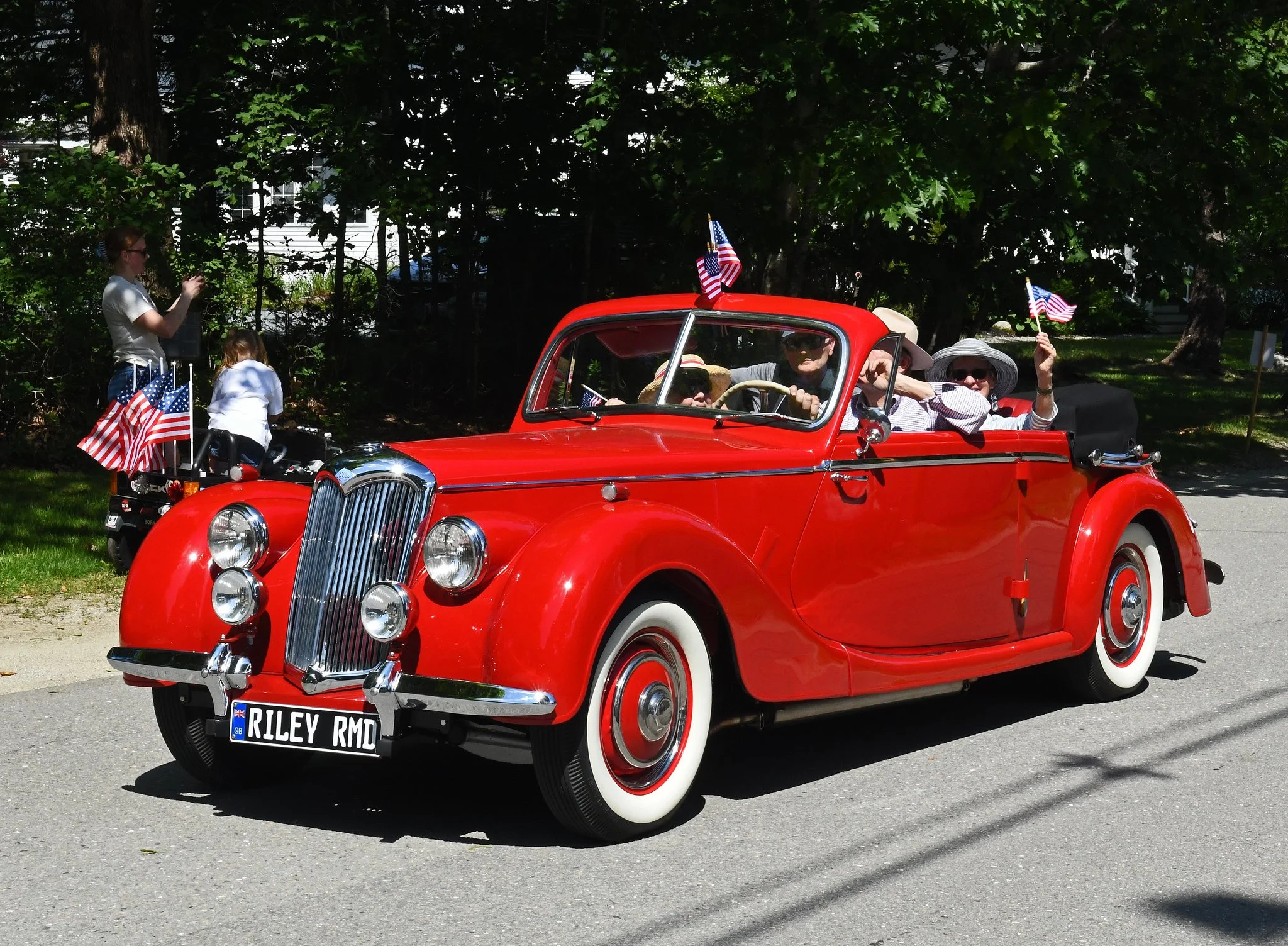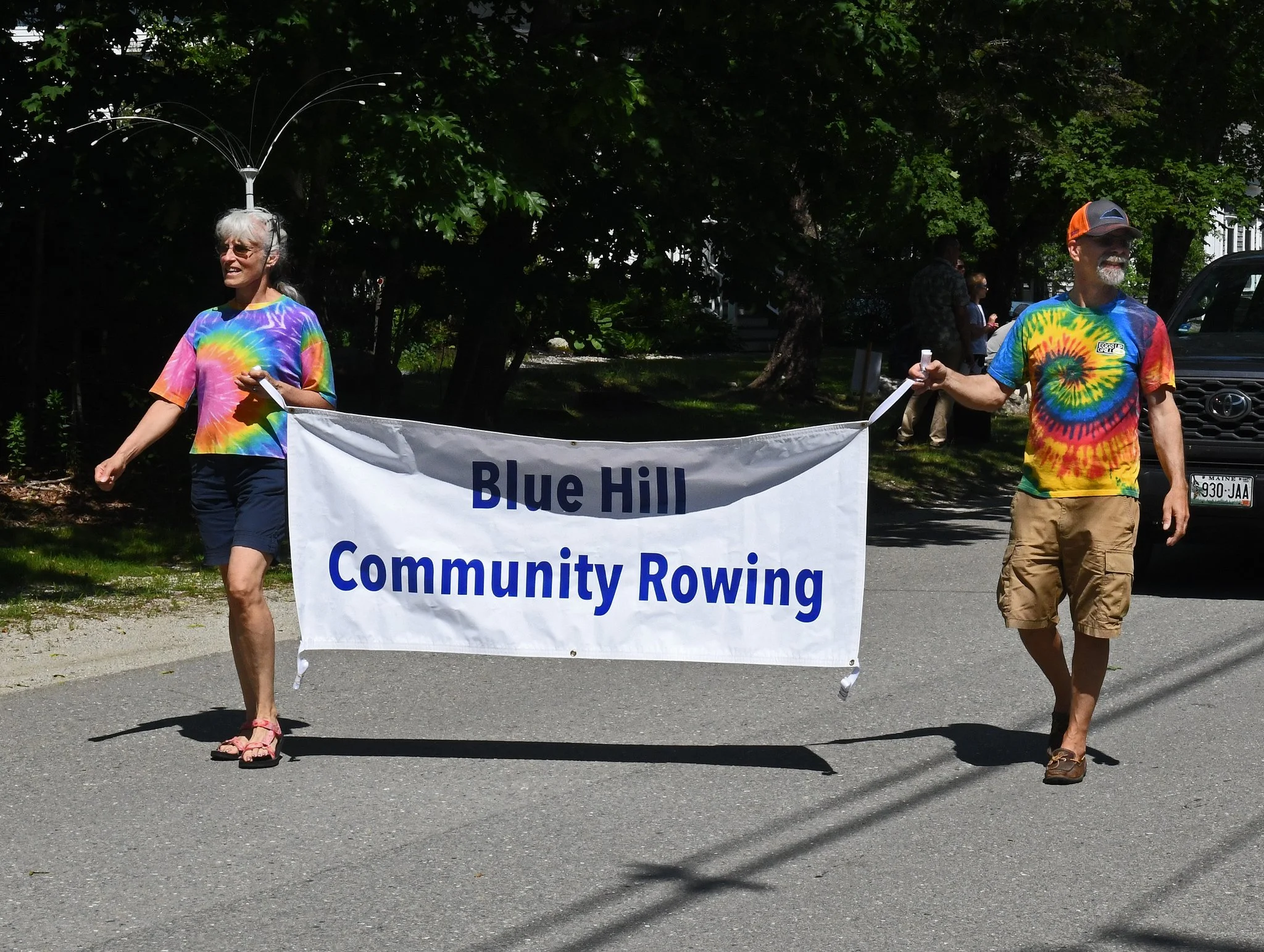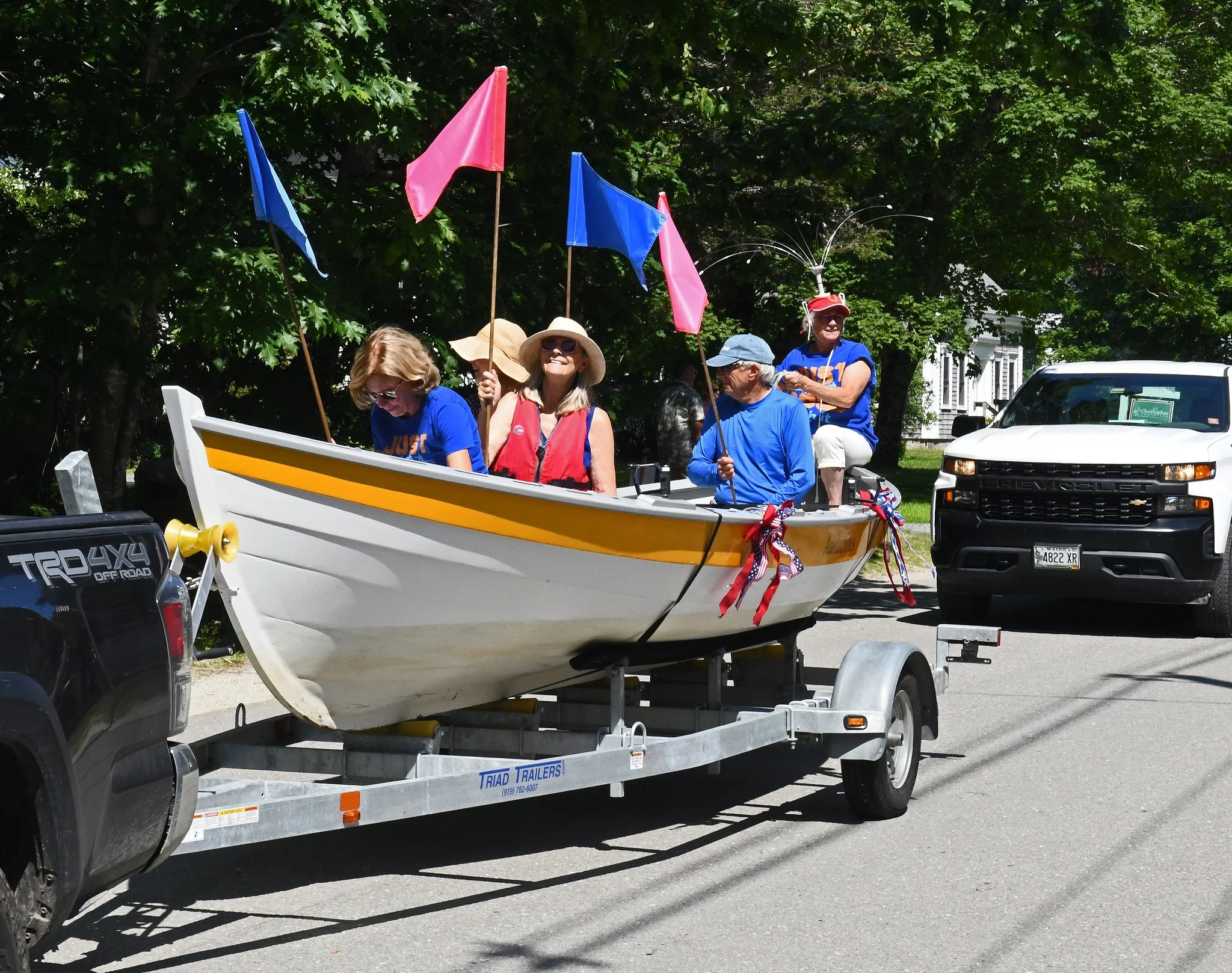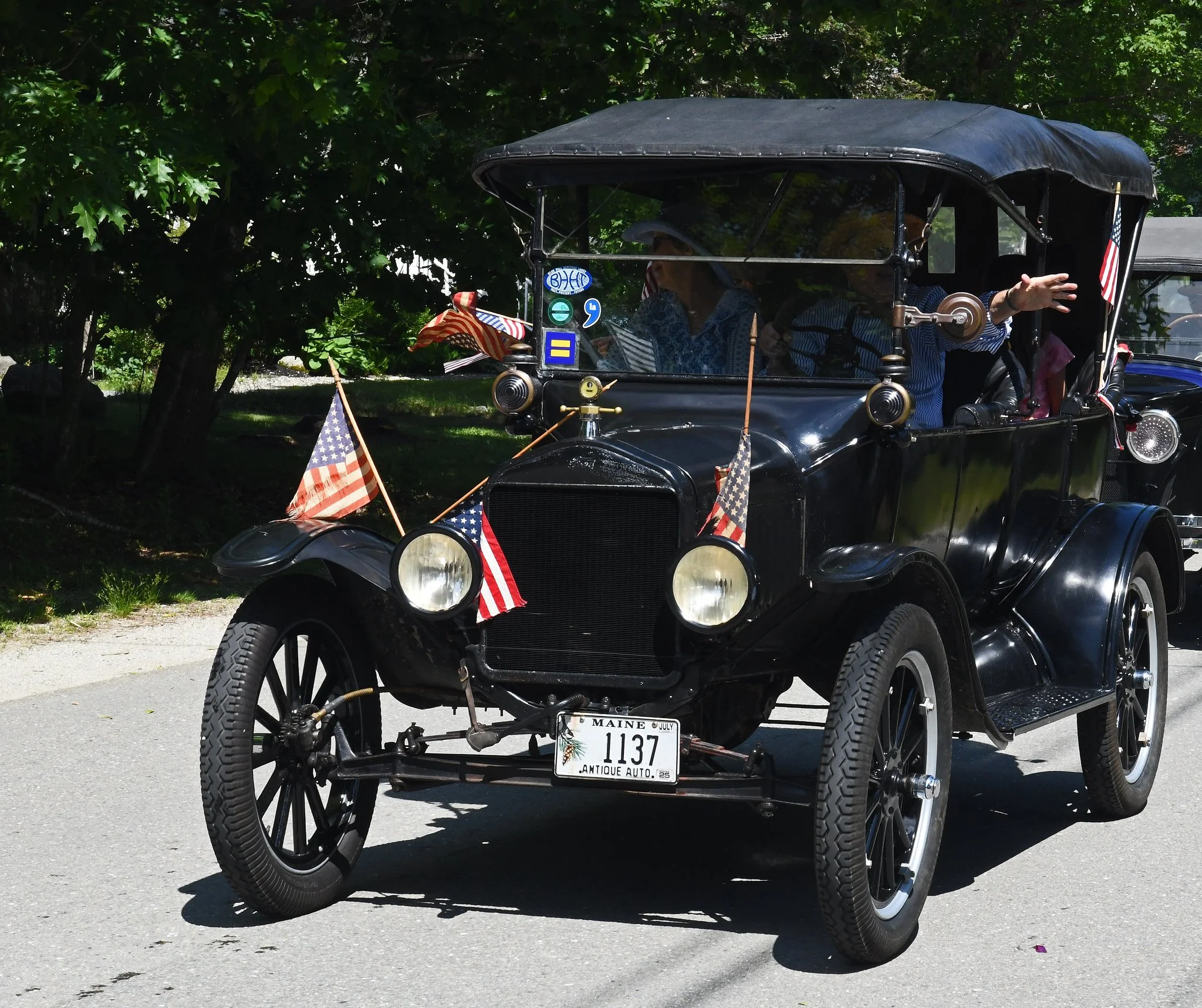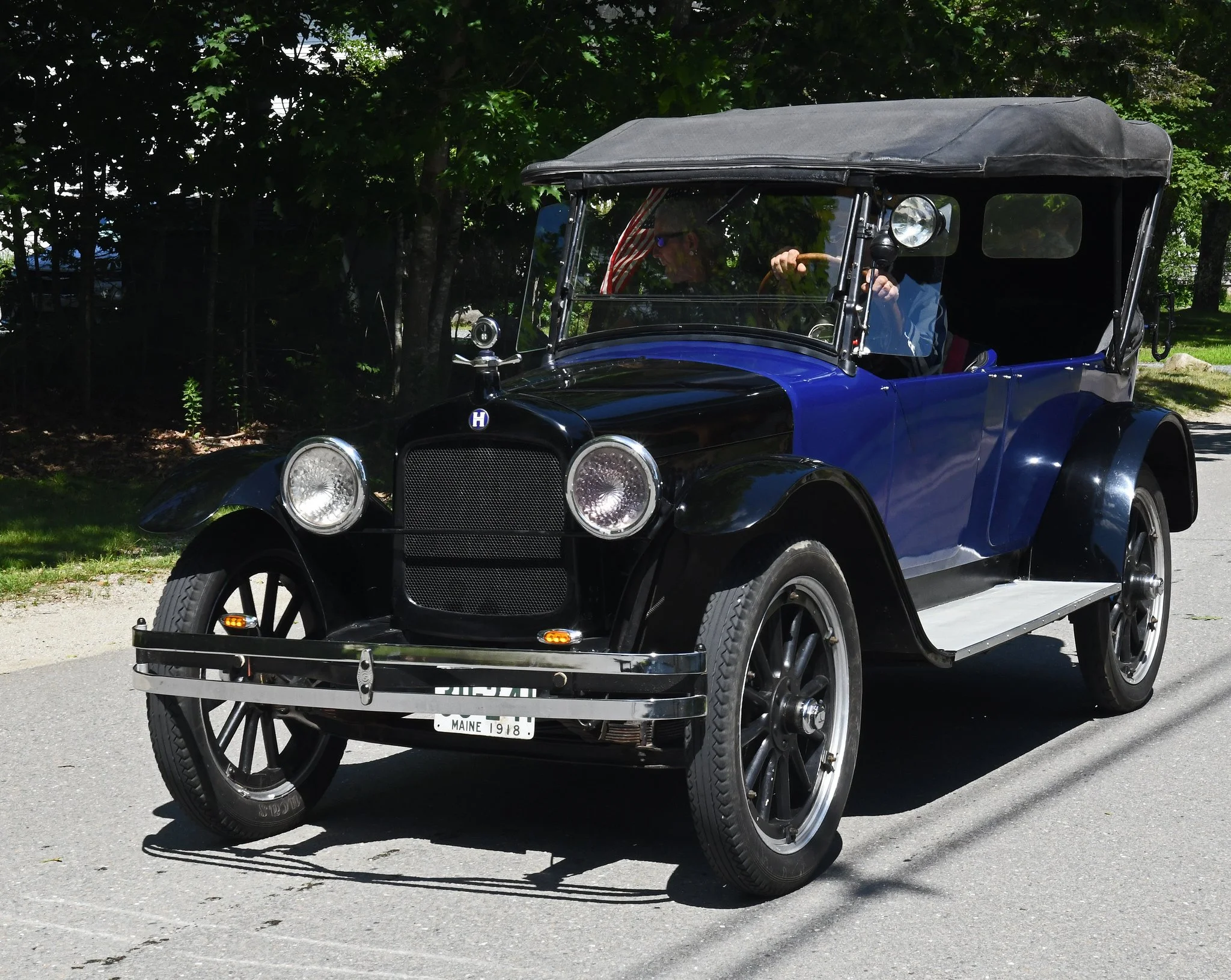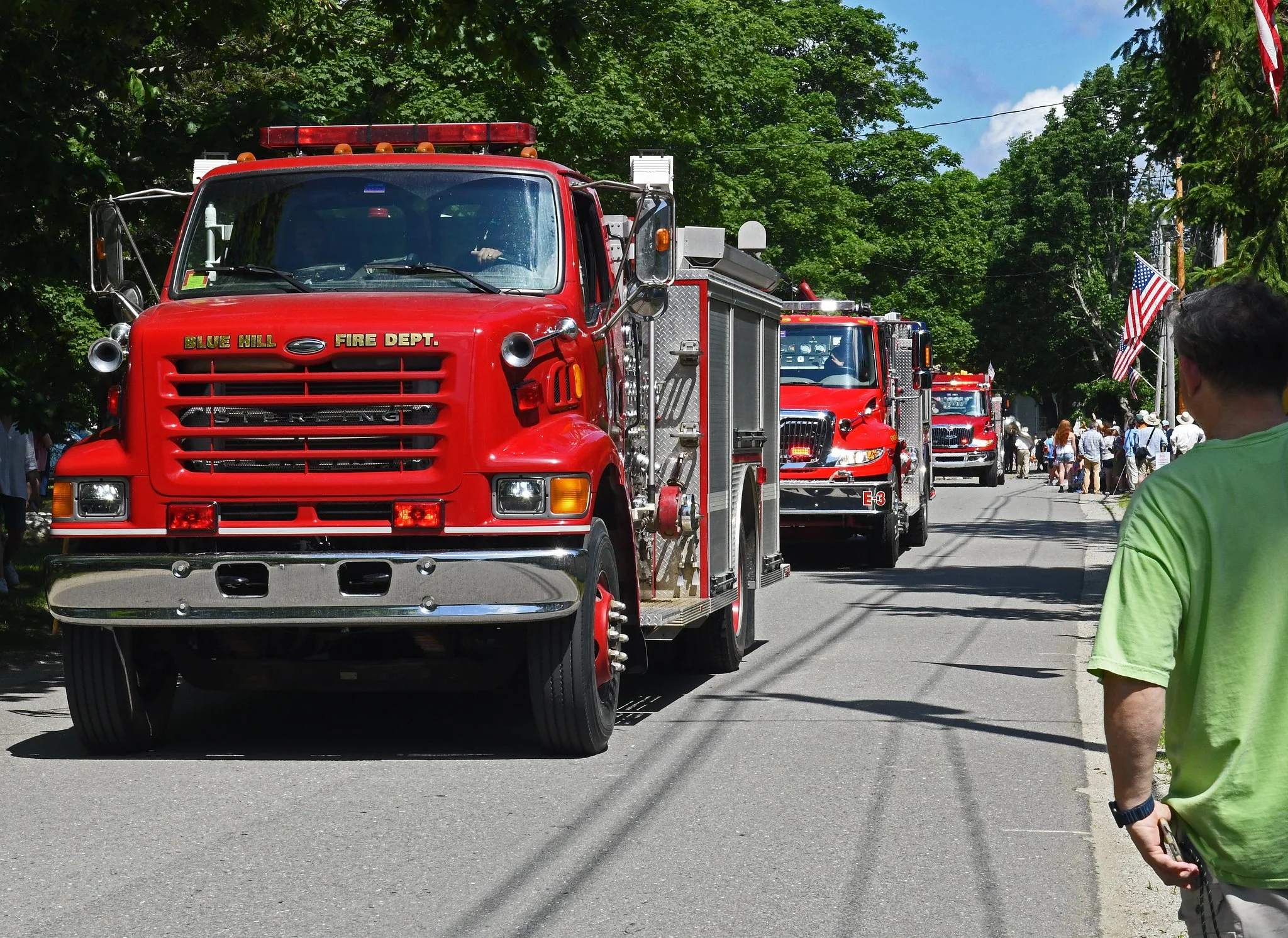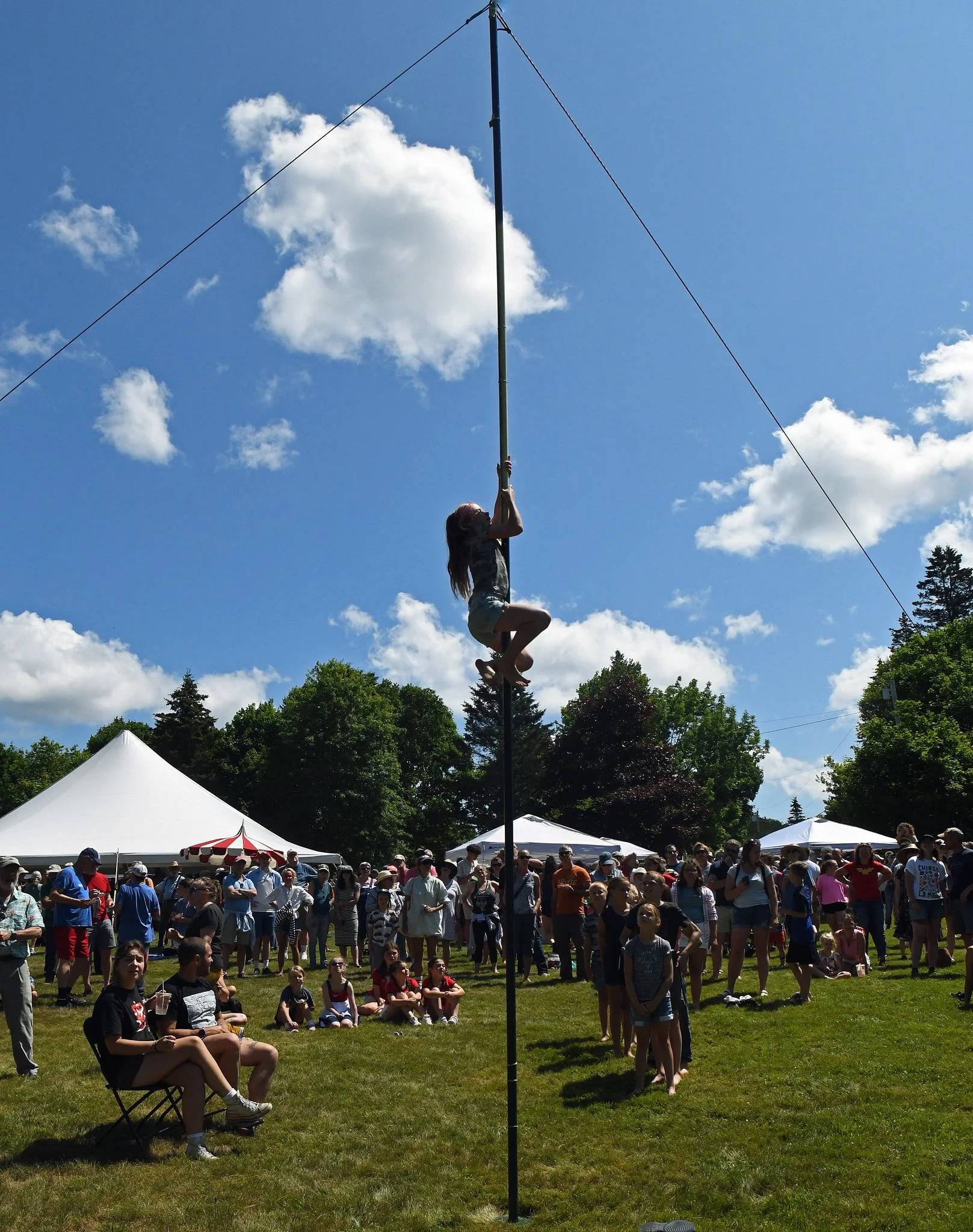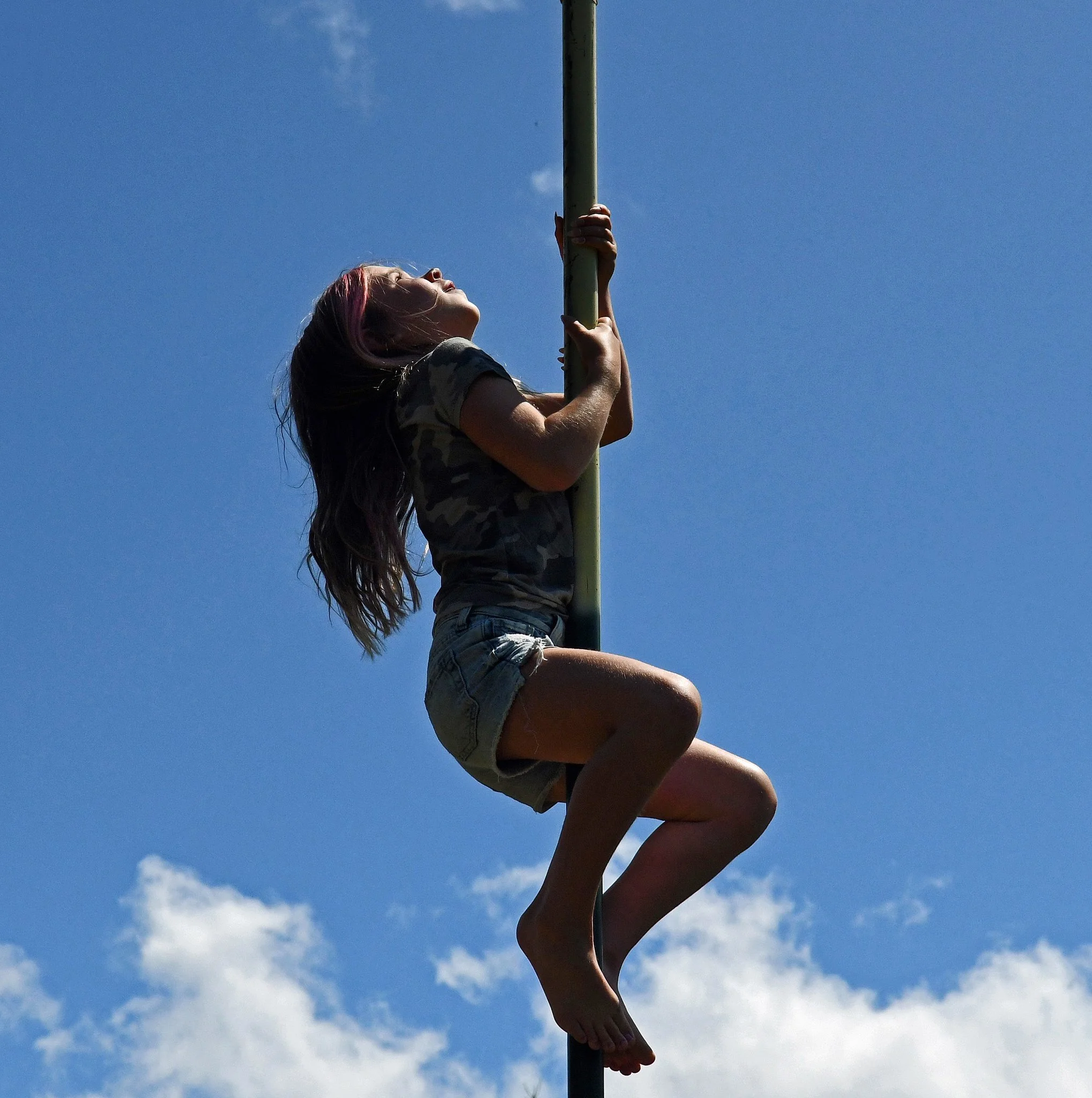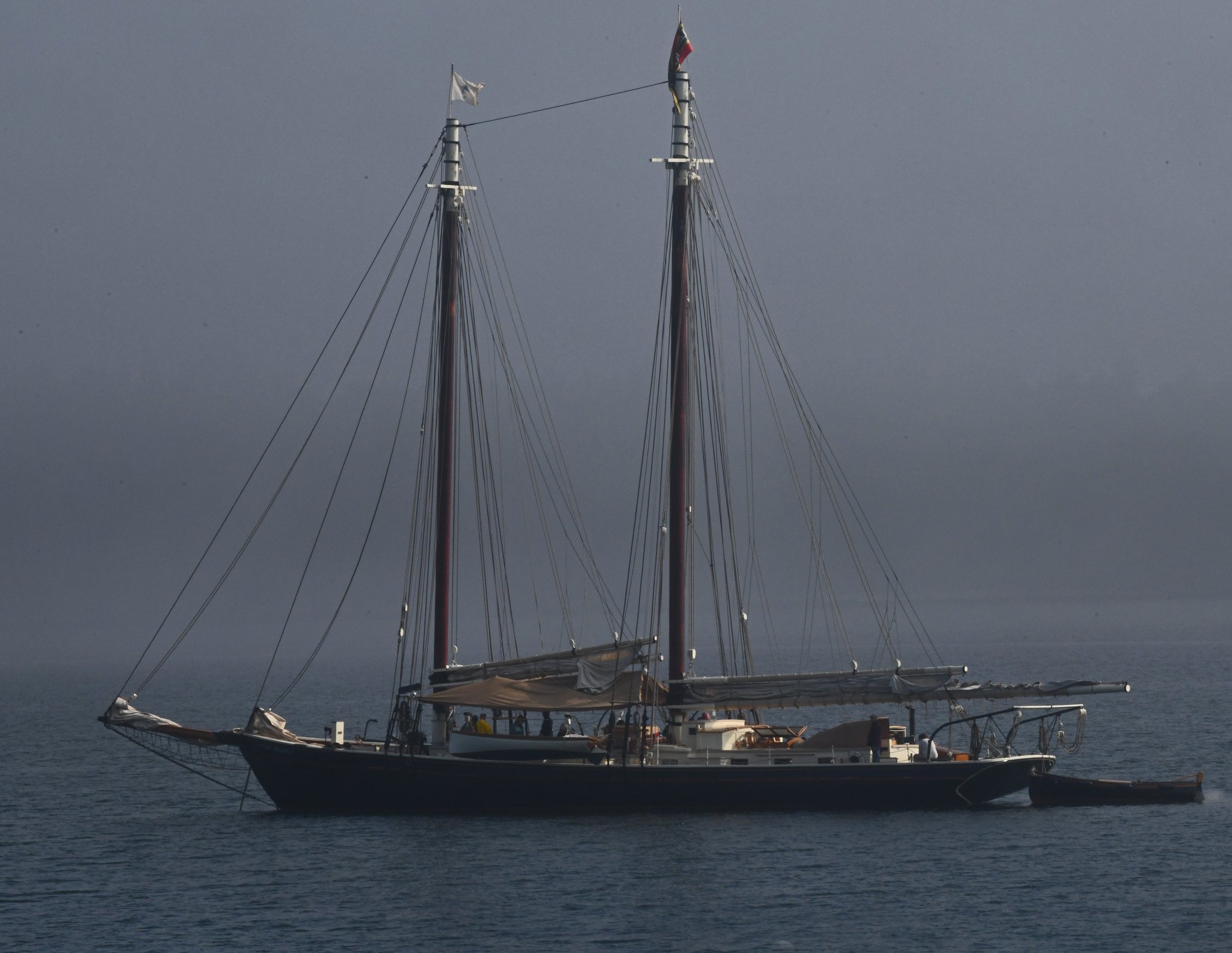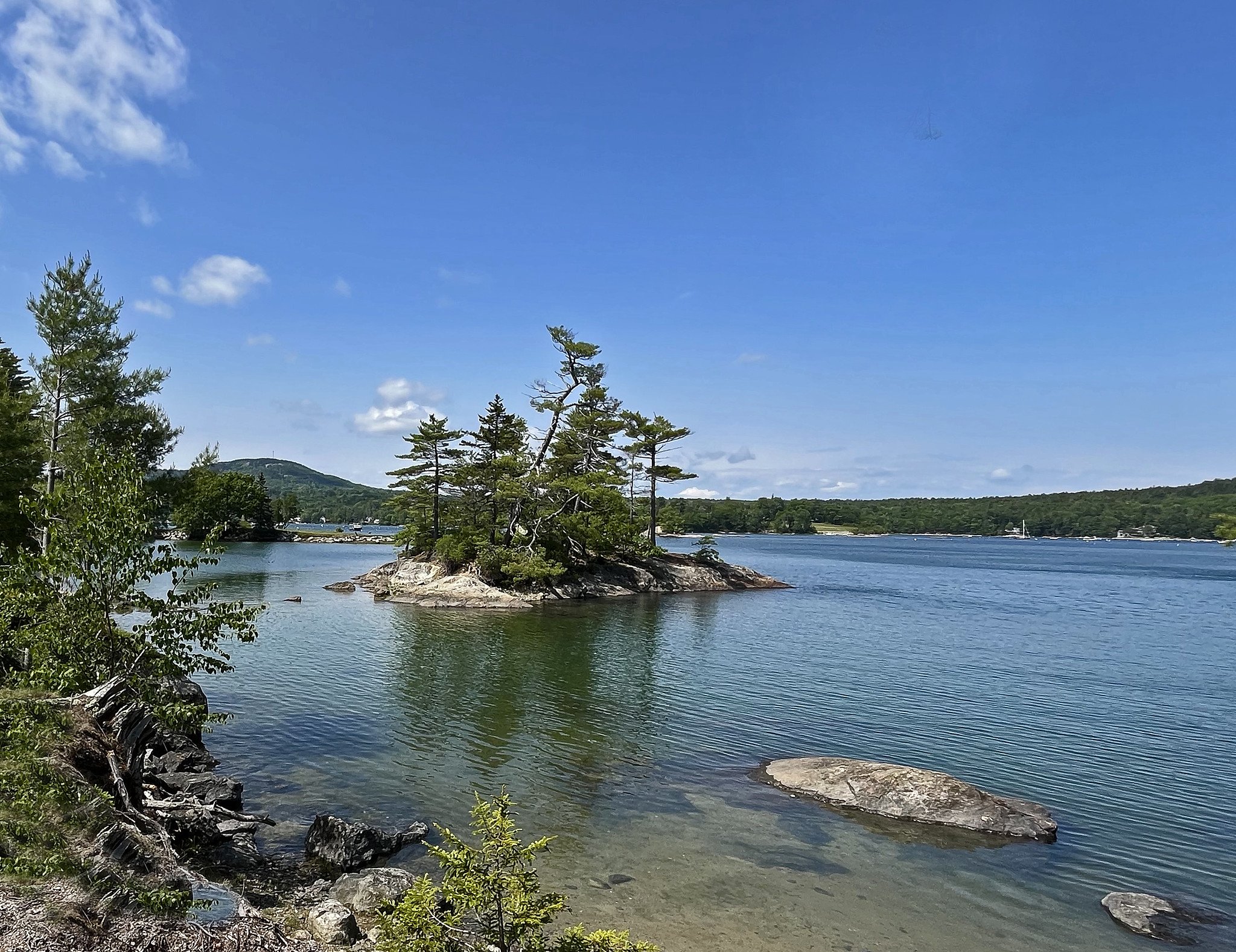Independence Day yesterday was beautiful weather-wise and the annual Brooklin celebration was – as usual – a traditional good time full of flags and fun. There was rousing music by the amazingly good Brooklin Band, which played for viewers young and old as the parade was forming. .Morning refreshments were available from local entrepreneurs.
The parade not only had the obligatory Fire Department vehicles. It also contained an eclectic assortment of expressions and many antique or classic cars and trucks, which we have come to expect.
After the parade, the crowd assembled on the Town Green where there were young peoples’ games and contests, gossiping with neighbors, old vehicle exhibitions, and plenty to eat. Among the games and contests were the popular annual Dead Chicken Toss and Wet Sponge Toss, croquet and golf contests, and the very hard slippery pole climb for our well-conditioned youngsters.
Delicious food options included pulled chicken, pulled pork, hot dogs, corn on the cob, potato salad, Coleslaw, watermelon, and ice cream.
(Images taken in Brooklin, Maine, on July 4, 2025.)

















